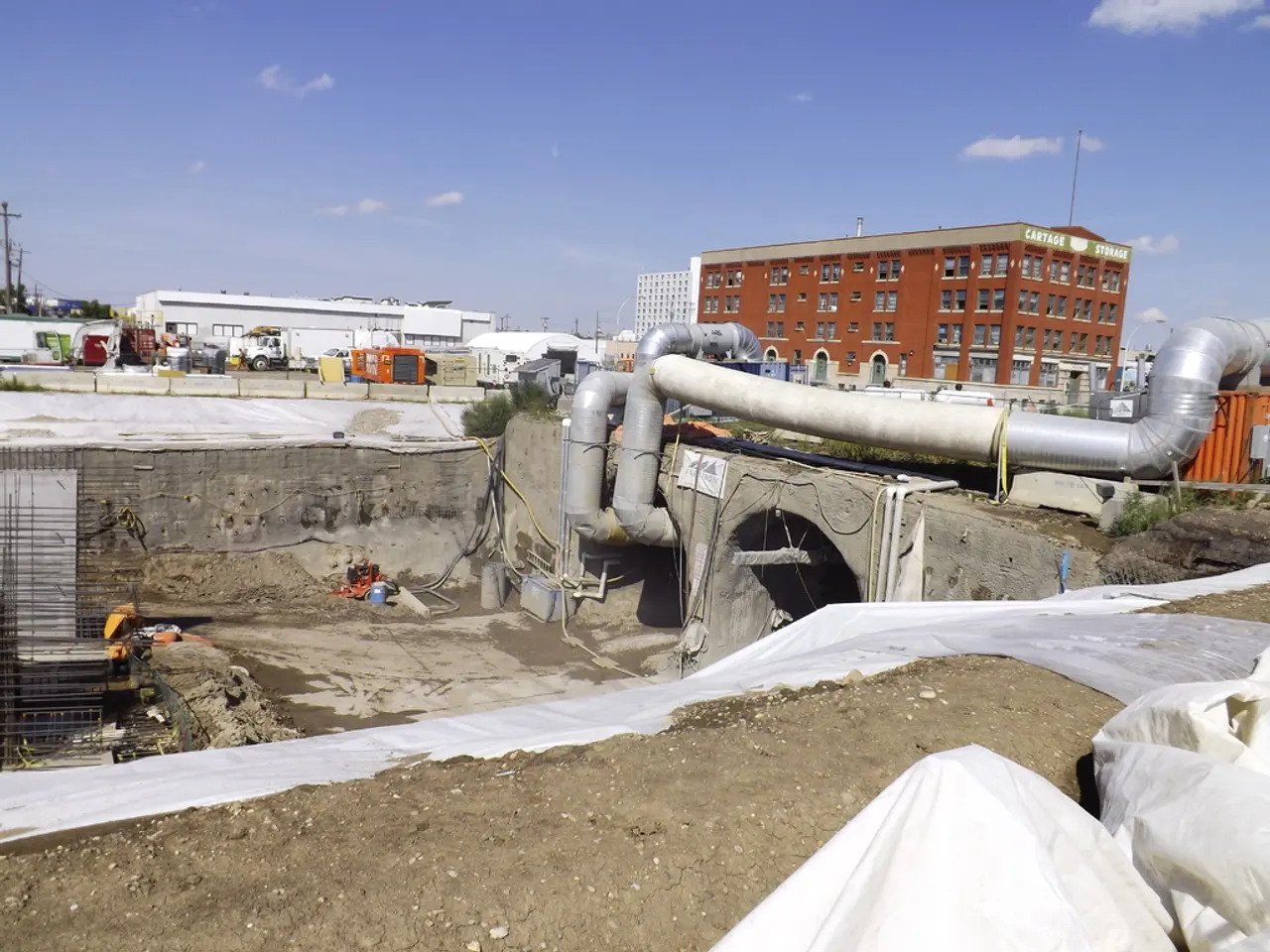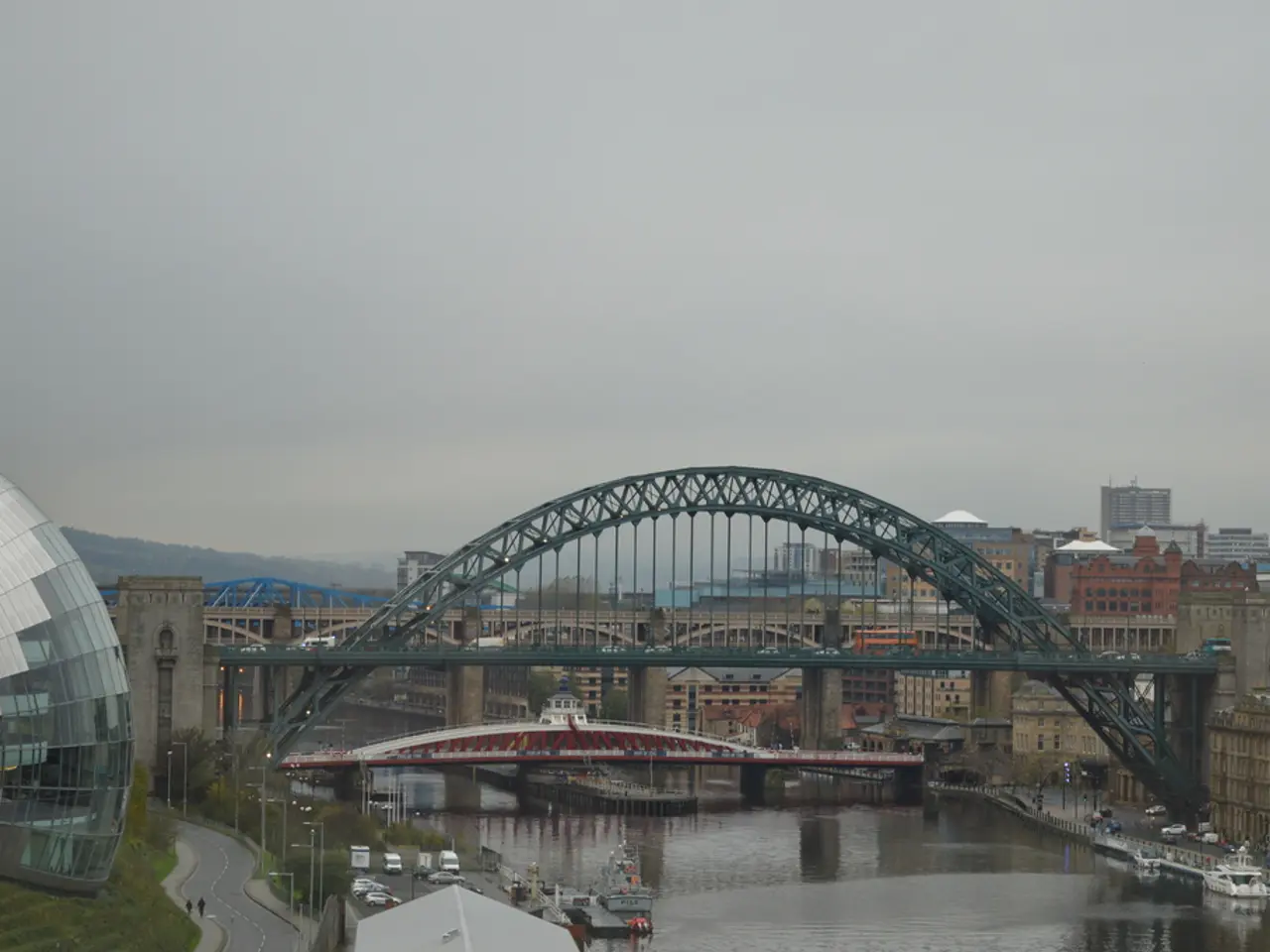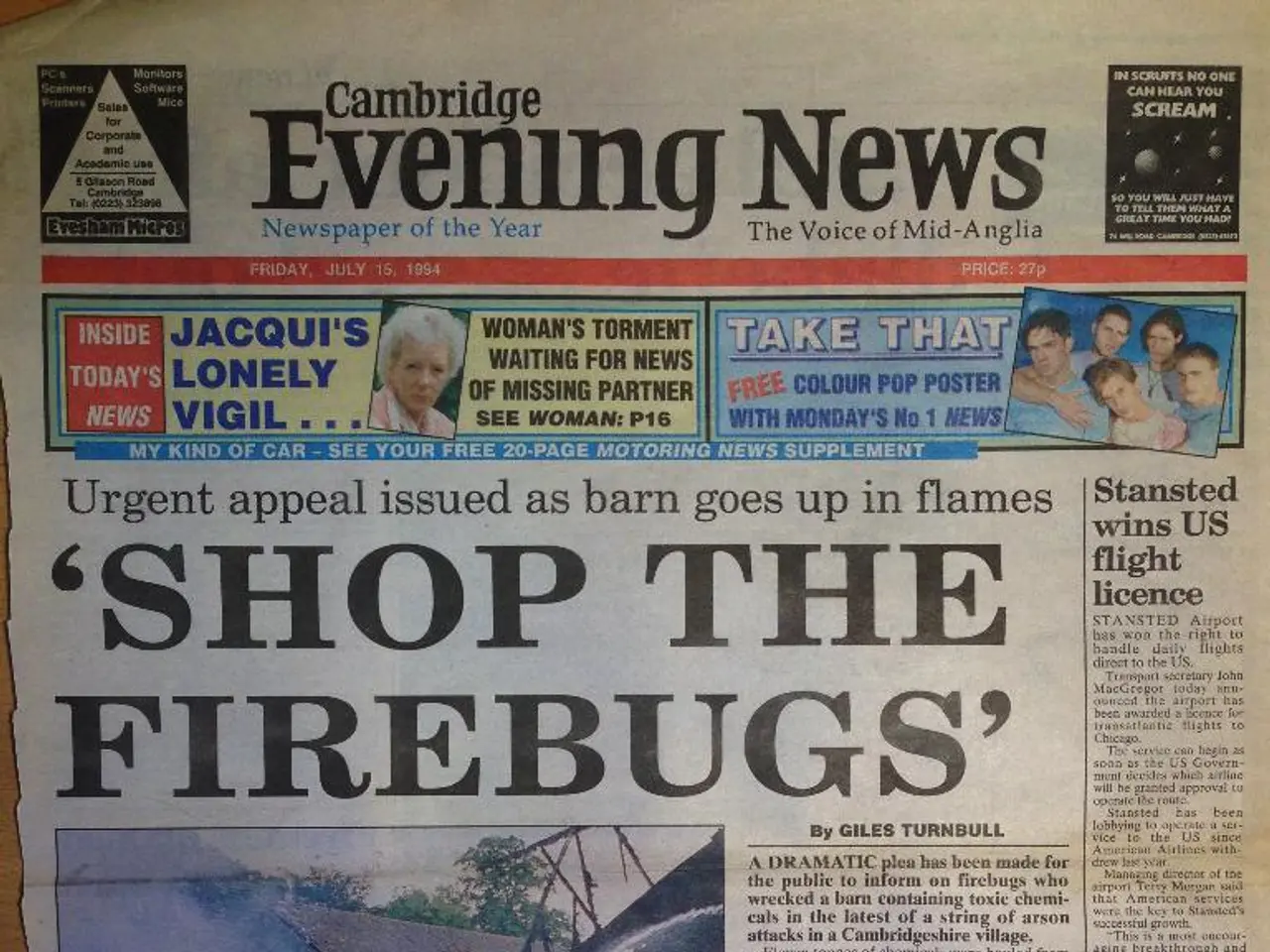"Hurricane Katrina: Race Against Time" depicts an impending disaster created by humans in the making
In August 2005, Hurricane Katrina made landfall as a Category 5 storm, causing widespread devastation in Louisiana, Mississippi, and Alabama. The hurricane took 1,392 lives and resulted in $125 billion in damages [1]. In New Orleans, the city suffered greatly due to the massive storm surge, widespread flooding, and significant infrastructure damage.
The American Society of Civil Engineers termed the flooding of New Orleans as "the worst engineering catastrophe in US History" in April 2007 [2]. The disaster was not solely a natural disaster; it was shaped and intensified by engineering malpractice, governance failures, poor planning, and inadequate disaster preparedness at multiple government levels.
The U.S. Army Corps of Engineers designed New Orleans’ levee system but relied on outdated models and decades of minimal upgrades. Maintenance responsibilities were fragmented among local districts, leading to neglected upkeep and vulnerable flood defenses. These levees catastrophically failed, flooding 80% of New Orleans and causing massive housing damage [2][3].
The Federal Emergency Management Agency (FEMA) was slow to act and failed to fully grasp the scope of the crisis, causing significant delays in deploying necessary resources and aid [1]. New Orleans Mayor Ray Nagin didn't issue a mandatory evacuation order until just 19 hours before landfall, crippling the amount of time for residents to escape [5].
The response to Hurricane Katrina by FEMA was further complicated by bureaucracy, which created harmful bottlenecks that impacted medical volunteers, supply trucks, and search-and-rescue operations [6]. During the aftermath, at least 44 oil and chemical spills, including a 25,000-barrel Murphy Oil refinery rupture, contaminated communities already reeling from water and infrastructure damage [4].
Approximately 1 million people were displaced, with some ignoring warnings and others forced to shelter in the Superdome and Convention Center, where thousands endured days without sufficient food, water, or sanitation [3]. Around 134,000 housing units suffered damage from Hurricane Katrina and the subsequent flooding resulting from levee failures [1].
Louisiana Governor Kathleen Blanco and local agencies failed to request timely federal assistance, leaving a large number of people to seek shelter at the Superdome, which lacked sufficient food, water, sanitation, and security [7]. Congressional reports highlighted inadequate logistics, understaffed teams, outdated information systems, and a lack of coordination between agencies in FEMA's response to Hurricane Katrina [6].
The series "Hurricane Katrina: Race Against Time" exposes breakdowns, from the crumbling levees and FEMA's inadequate response, to media-driven misinformation that helped worsen an already unimaginable crisis [8]. The docuseries highlights the importance of accuracy with local and national media, as news outlets prioritized sensational imagery over systematic facts during the crisis [8].
Subsequent investigations and reforms, such as the creation of stronger flood protection systems and updated infrastructure standards, aimed to address these systemic shortcomings [2]. However, the humanitarian crisis and destruction caused by Hurricane Katrina serve as a stark reminder of the importance of well-planned disaster preparedness and effective governance.
References:
- FEMA's Response to Hurricane Katrina
- Rebuilding New Orleans: A National Disaster Recovery Framework
- The Katrina Papers
- Oil and Chemical Spills in the Aftermath of Hurricane Katrina
- New Orleans Mayor Ray Nagin's Decision to Evacuate
- Congressional Reports on FEMA's Response to Hurricane Katrina
- The Katrina Disaster: A Failure of Initiative
- Hurricane Katrina: Race Against Time
- Within the realm of environmental science, the devastating impact of Hurricane Katrina on New Orleans in 2005 epitomizes the crossroads of nature and human error, further shaped by politics and governance failures.
- The aftermath of Hurricane Katrina also exposed an intricate web of problems in the realm of general news reporting, as sensational imagery overshadowed systematic facts, leading to a Dire Straits for victims who relied on accurate information during the crisis.
- Over a decade has passed since Hurricane Katrina, yet the lessons learned in the domains of climate-change, politics, and disaster management continue to resonate in the field of crime-and-justice, as communities still grapple with the far-reaching consequences of this environmental catastrophe.








